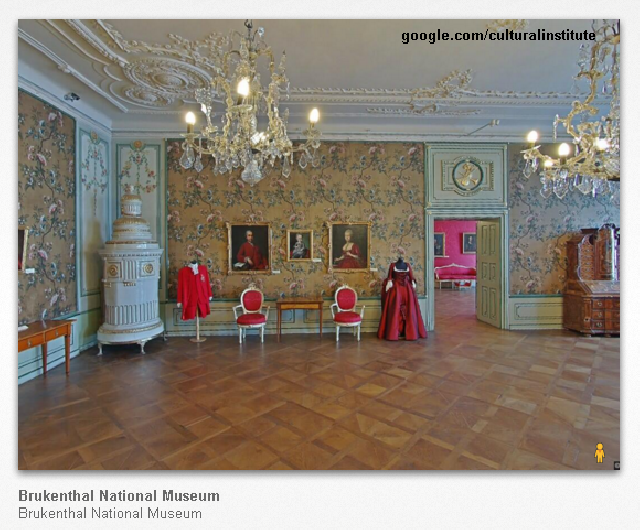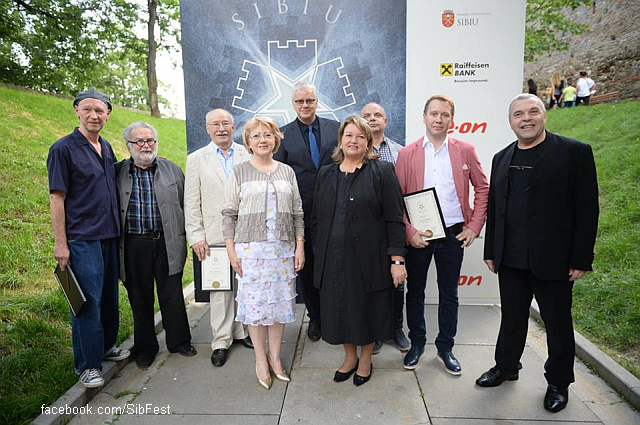Situé au cœur même de la Roumanie, le département de Sibiu est une destination de vacances complète, inégalable on oserait dire. Eglises fortifiées saxonnes, stations de ski, deux des routes alpines les plus spectaculaires de Roumanie — le Transfagarasan et la Transalpina, régions pittoresques telles Marginimea Sibiului, sans oublier la ville de Sibiu elle — même, Capitale européenne de la Culture 2007 — ce ne sont que quelques raisons de partir à la découverte de ce département.
Pour nous en dire davantage, nous avons invité au micro Alin Chipăilă, président de l’Association départementale de tourisme de Sibiu. Il nous parle d’autres endroits à ne pas rater dans cette contrée: « Catégoriquement, Sibiu est une destination qui vaut la peine d’être découverte par ceux qui ne la connaissent pas et redécouverte pas les touristes qui l’ont déjà visitée. Il y a 5 trajets thématiques à Sibiu. L’un s’adresse aux passionnés de tourisme sportif et leur fera découvrir la zone appelée Vămile Făgăraşului, un autre s’intitule la Route du Fromage, puis la Route des Fortifications, vu que le département de Sibiu compte de nombreuses églises fortifiées. Enfin, il y a aussi la Route du Sel. Tous ces trajets sont à retrouver sur le site de l’Association départementale de tourisme de Sibiu. Les touristes peuvent les parcourir individuellement. »
Notre invité, Alin Chipăilă, a rencontré de nombreux touristes étrangers grâce à son métier. Leur nombre augmente d’une année à l’autre, a-t-il pu constater : «Nous les retrouvons partout et nous tentons de répondre à leurs questions. Nous avons eu des retours positifs de la part de tous, tout le monde s’accorde pour dire que la région de Sibiu est une destination recommandée à tous ceux qui souhaitent connaître la Roumanie. Récemment, Lonely Planet mentionnait le fait que Sibiu était une des destinations à ne pas manquer en 2016. Et pour cause : fin septembre, le département a obtenu un nouveau titre : celui de Région gastronomique européenne en 2019. Raison de plus de vous rendre à Sibiu. Nous nous proposons de devenir des ambassadeurs de la gastronomie roumaine. Nous avons des plats à base de fromage, dont le plus représentatif est le « bulz », un mélange de polenta avec un certain type de fromage (burduf), accompagné de charcuteries à base de viande de porc ou de plats à base d’autres types de fromage — de chèvre, de brebis, de vache. »
Tout séjour dans la région doit commencer par la ville homonyme: Sibiu. Vous y trouverez entre autres le premier théâtre ouvert au public en Transylvanie. Les passionnés d’histoire seront fascinés par la Grand Place, dominée par des bâtiments importants aux armoiries des familles les plus importantes des 15e-18e siècles. C’est toujours là que vous trouverez l’Allée des célébrités qui rend hommage aux plus grands noms du théâtre roumain. Sibiu est une ville avec une culture effervescente, nous assure Alin Chipăilă : «Chaque automne nous accueillons le plus grand événement de Roumanie destiné au film documentaire et un des événements de premier rang du domaine : le Festival Astra Film. A l’affiche — des productions impressionnantes, y compris des films que plusieurs pays proposeront pour l’Oscar l’année prochaine. Je mentionnerais aussi le Festival international Clara Haskil destiné aux amateurs de musique classique, prévu du 29 octobre au 5 novembre. Puis, il existe un autre événement très important à la fin de l’année, le marché de Noël de Sibiu, qui attire de plus en plus de touristes et qui habille la Grand Place d’un décor féérique, qui renvoie à l’enfance, aux traditions authentiques. »
Pour en savoir davantage sur Sibiu, il suffit de vous rendre au Centre d’information touristique sur la Grand Place. Ou bien entrez sur le site de l’Association départementale de tourisme Sibiu : sibiu-turism.ro, où vous trouverez tout un réseau de centres d’information touristique mis à votre disposition en anglais, allemand, français et hongrois.
Voici pour terminer une invitation qu’Alin Chipăilă vous lance personnellement: « Nous vous adressons la plus chaleureuse invitation à venir à Sibiu. Les possibilités d’accès sont multiples. L’aéroport de Sibiu a 4 nouvelles destinations depuis cette année : Nürnberg, Munich, Madrid et Milan. Vous aurez une expérience de vie enrichissante. Nous vous attendons à bras ouverts ! »
Dans l’espoir de vous avoir convaincus de visiter le département de Sibiu, nous vous donnons rendez-vous la semaine prochaine pour une nouvelle destination de Roumanie. (trad. : Valentina Beleavski)
